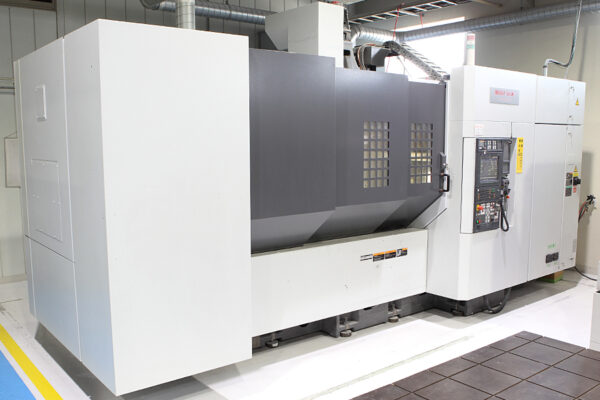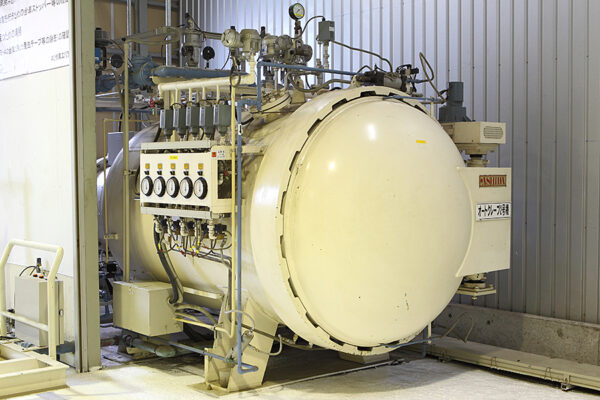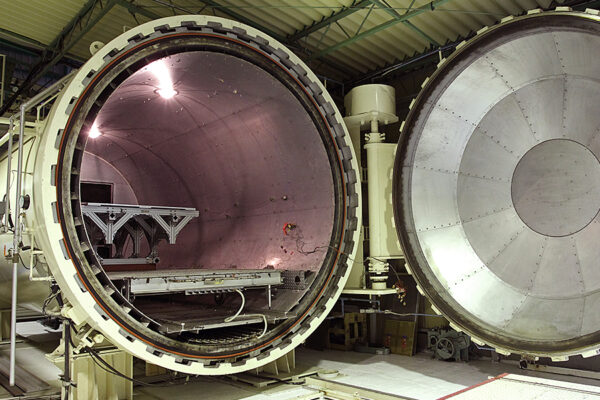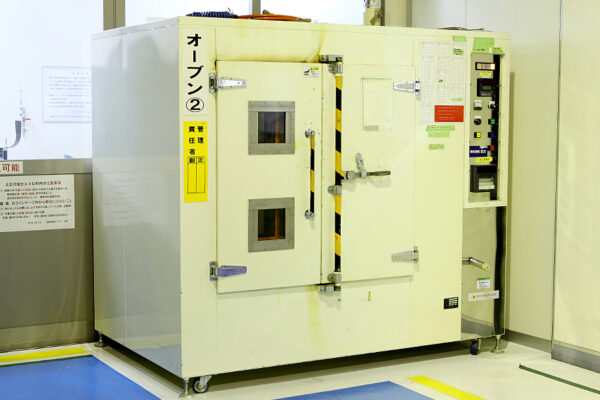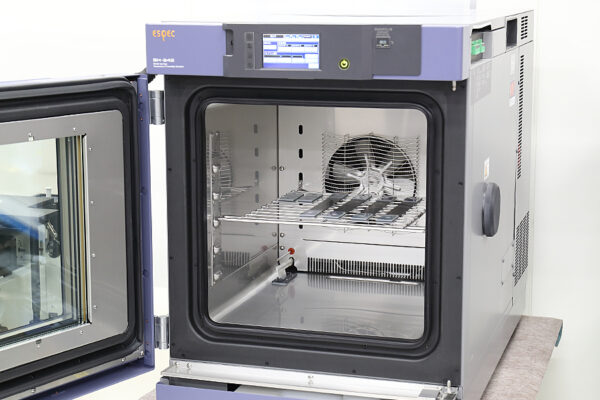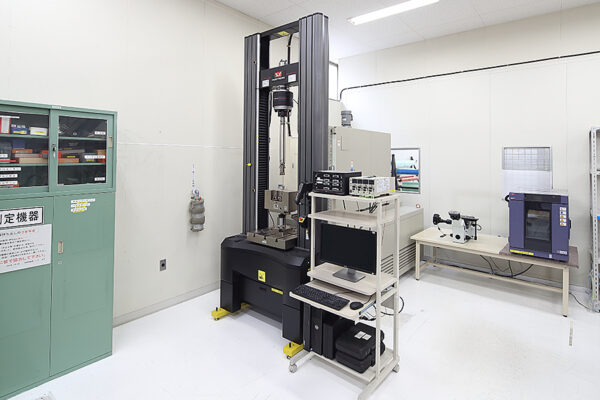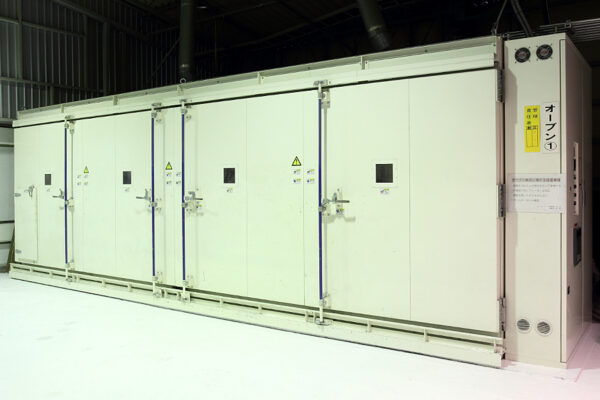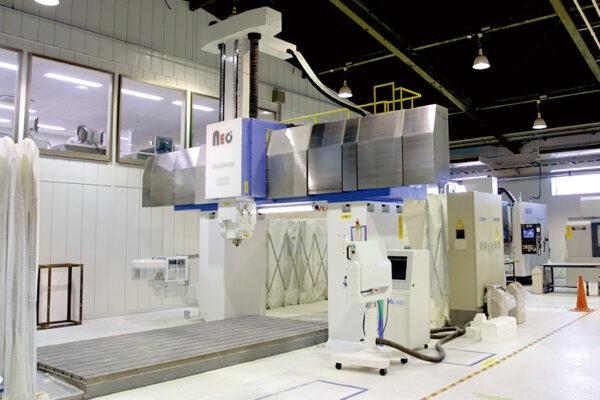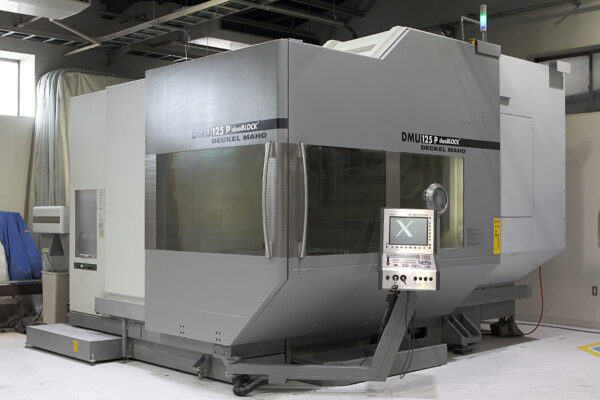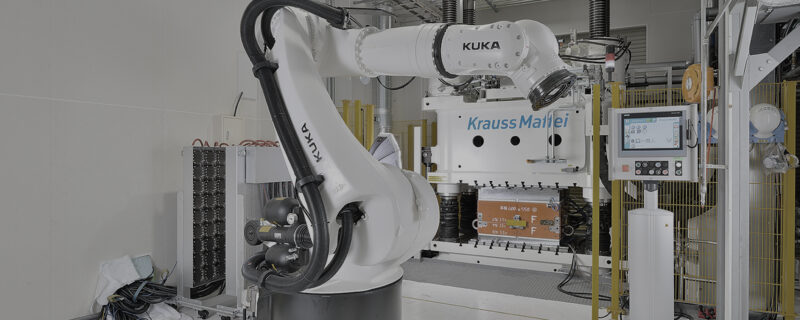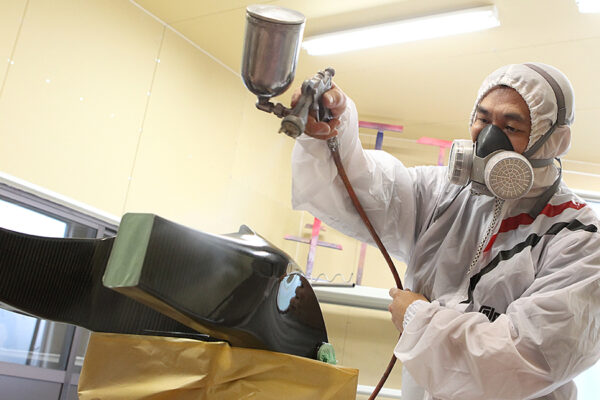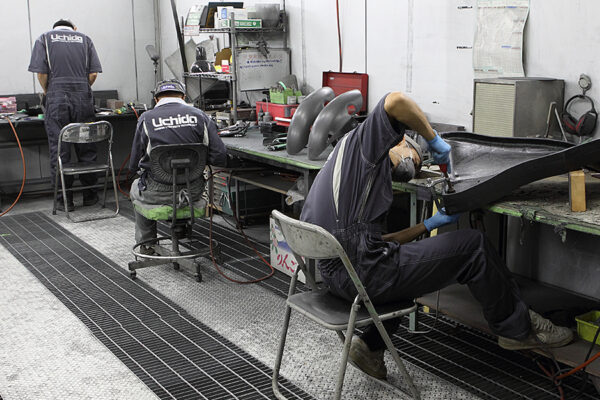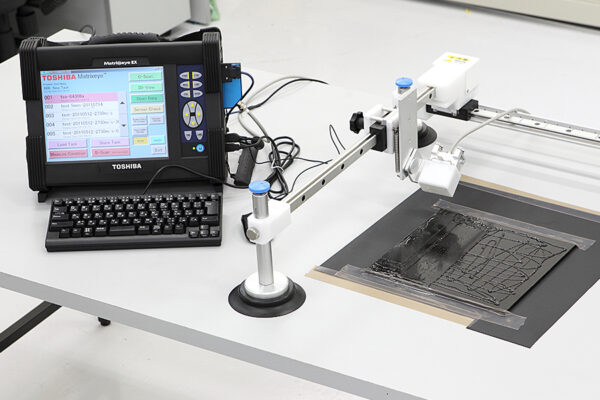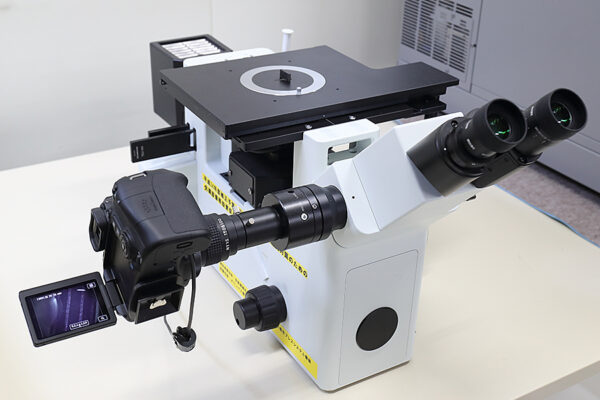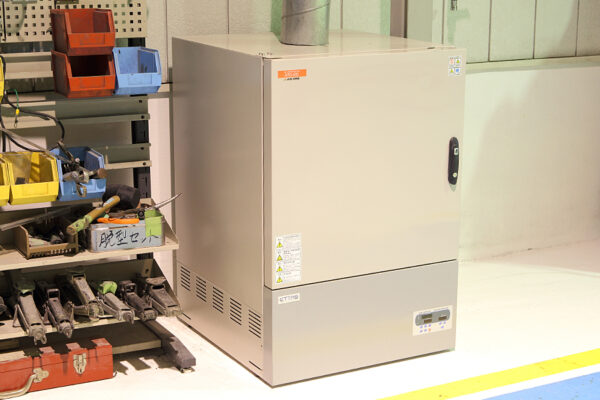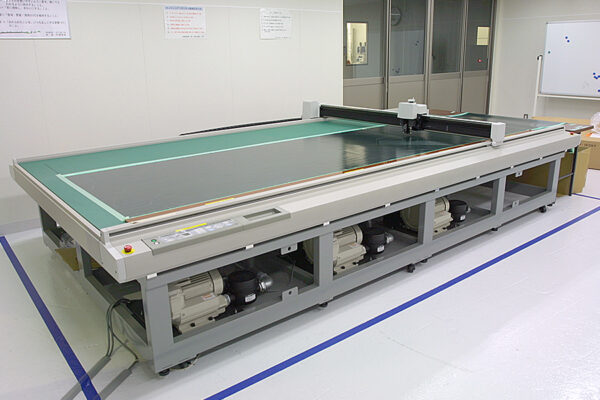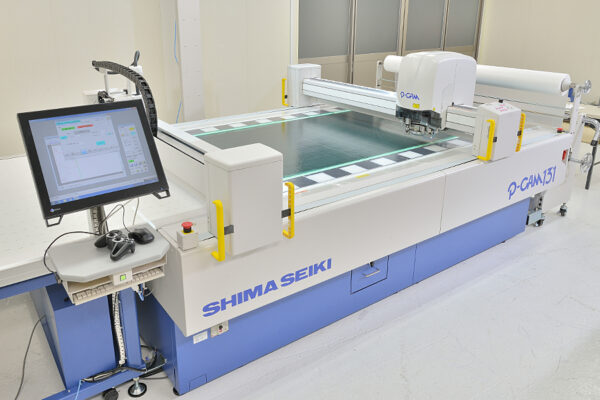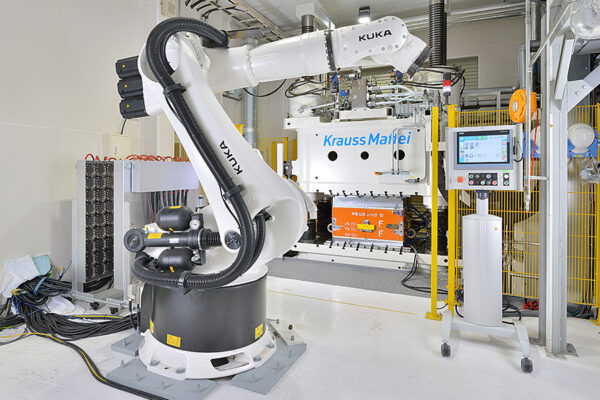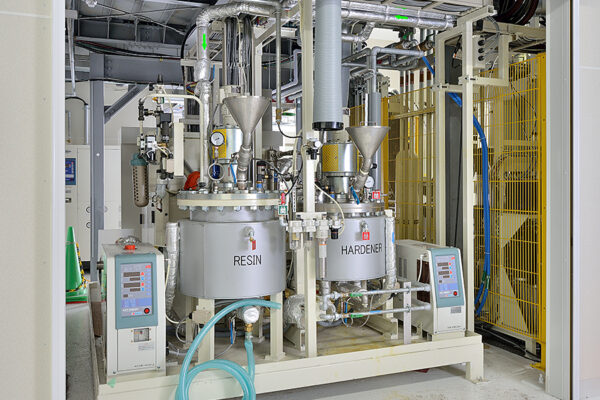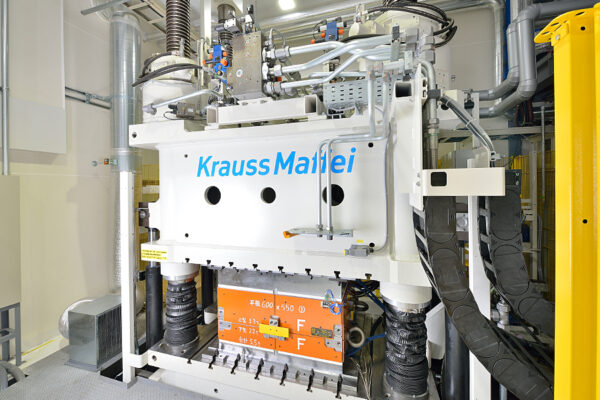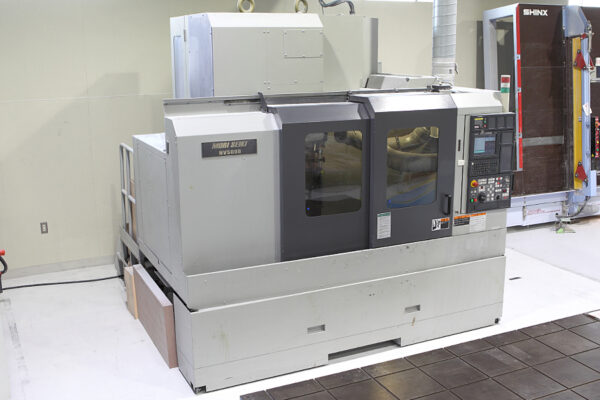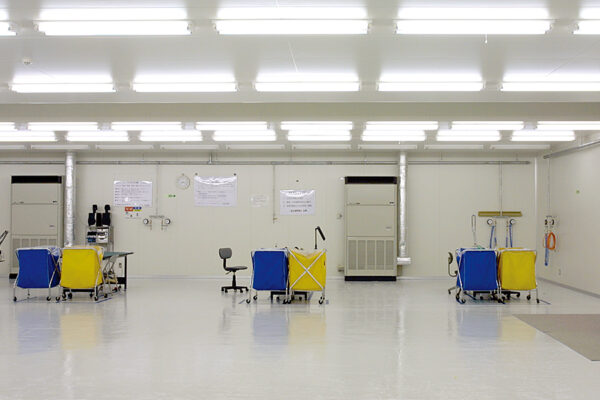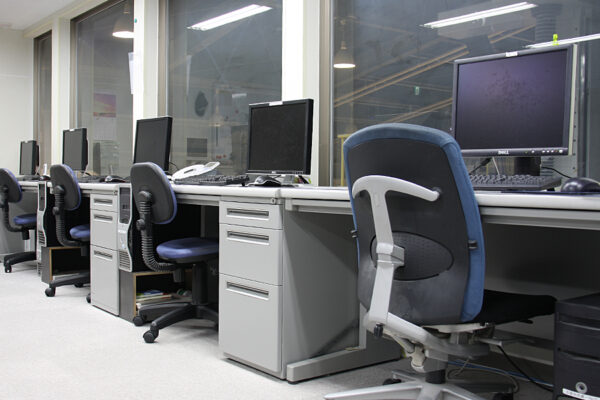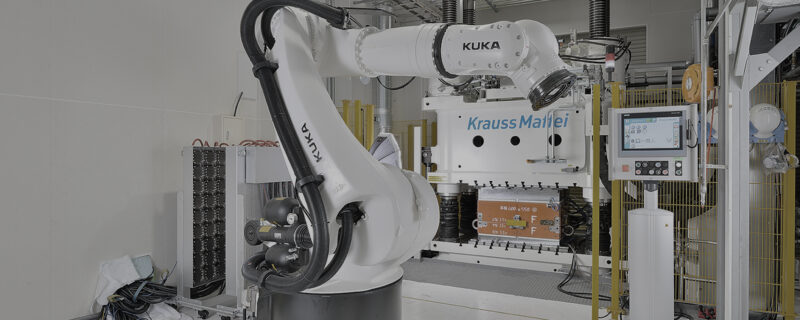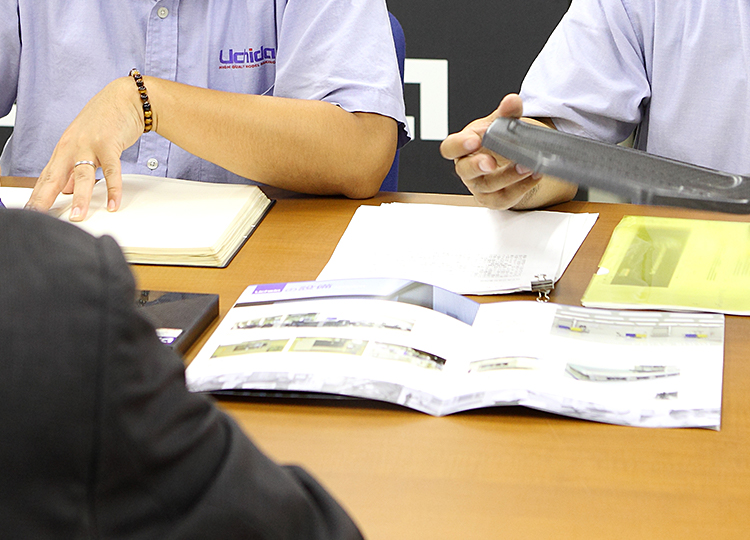Introduction
Carbon pipe is a composite material pipe that uses carbon fiber as a reinforcement material and is attracting attention in many industries due to its light weight and high strength. It is especially useful in fields where strength and lightness are required, such as aerospace, automobiles, and sporting goods, and products that take full advantage of its characteristics are now available. In this column, the characteristics, manufacturing methods, and applications of carbon pipes are explained in detail.
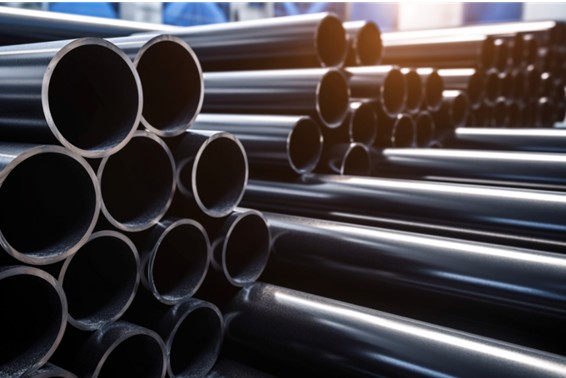
Carbon Pipe Characteristics
Carbon pipe is a composite material made from a combination of carbon fiber and resin, which usually has a very high strength property along the fiber direction. As a result, the pipes themselves are extremely lightweight and highly durable, and are being used in a variety of fields.
Lightweight
Carbon pipe is characterized by its extremely light weight compared to steel and aluminum. The low specific gravity of CarbonFiber makes it possible to significantly reduce the weight of pipes, making it ideal for applications where weight reduction is required.
High Strength and Rigidity
Carbon fiber boasts very high tensile strength, and this characteristic is reflected in carbon pipe. Pipes are extremely resistant to tension and compression, and are not easily deformed. This allows for stable performance even in environments where strong loads are applied.
corrosion resistance
Unlike metal pipes, carbon pipes are highly resistant to corrosion by acids and salts. Therefore, carbon pipes can maintain a long service life even when used in harsh environments.
Excellent fatigue characteristics
Carbon pipes are resistant to destruction due to fatigue even when subjected to repeated loads, as is the case with metals. This makes them suitable for use in sporting goods and machine parts, as they can withstand long-term use.
Manufacturing Methods of Carbon Pipes
Carbon pipes are mainly made by the following manufacturing methods. Since each manufacturing method has different characteristics, the most suitable method is selected for each application.
Filament Winding Method (Filament Winding)
This method forms pipes by winding carbon fiber. The orientation of the fibers plays a particularly important role, and the strength and stiffness of the pipe can be optimized by adjusting the winding direction. The winding and molding method allows for the consistent production of long carbon pipes, thus enabling efficient manufacturing.
Resin Transfer Molding (RTM)
In the RTM method, carbon fibers are placed in a mold and injected with resin. This method enables high-precision molding and can produce carbon pipes with complex shapes.
Compression molding method
In this method, carbon fibers are molded with resin, placed between molds, and heated and pressurized to create the shape. The compression molding method is particularly suitable for carbon pipes, which require high strength.
Applications of Carbon Pipes
Carbon pipes are used in various industries due to their lightweight and high strength characteristics. The following are typical applications.
Aerospace
Aircraft and spacecraft components require lightweight, high-strength materials. Carbon pipes are used for aircraft structural parts, reinforcement materials, and rocket fuel tanks due to their characteristics. In particular, it is often used for the internal structure and frames of airplane wings.
Automotive Industry
Since weight reduction in automobiles directly leads to improved fuel efficiency and performance, carbon pipes are used in chassis, frames, and suspension components for sports cars and high-performance vehicles. They are also used to reduce the weight of electric and hybrid vehicles.
sporting goods
Carbon pipes are often used in high-strength, lightweight components such as bicycle frames, golf clubs, and bowling ball cores. In particular, carbon pipes are used in bicycle frames to maintain rigidity while being lightweight.
medical equipment
Taking advantage of its high strength and corrosion resistance, carbon pipe is also used in medical equipment parts. For example, they are used in the arms of medical robots and as structural components of assistive devices.
water treatment and chemical plants
Carbon pipes are also widely used in chemical plants and water treatment facilities due to their high corrosion resistance. Carbon pipe is a very useful material in facilities that handle harsh chemicals such as acids and bases.
Summary
Carbon pipe is utilized in a variety of industries due to its light weight, high strength, corrosion resistance, and excellent fatigue properties. From aerospace to automotive, sporting goods to medical devices, carbon pipe’s properties are ideal for a wide range of applications. It is important to select the best carbon pipe for each application because its properties can be optimized through manufacturing methods. Further expansion of the range of applications is expected in the future as technology continues to evolve.

Related useful contents
You can explore related content by clicking on a topic of interest.
ABOUT UCHIDA - 55 years since our founding
We leverage a wealth of technical expertise as a CFRP molding and processing manufacturer using FRP, GFRP, and CFRP materials. We offer a one-stop solution, encompassing design, analysis, manufacturing, secondary processing, assembly, painting, quality assurance, and testing.
UCHIDA's equipment
We have cutting-edge equipment to ensure that we can address even the most advanced challenges of our customers.
Video Library
In the following video, we provide a detailed overview of our manufacturing process. Please feel free to watch and learn more.


